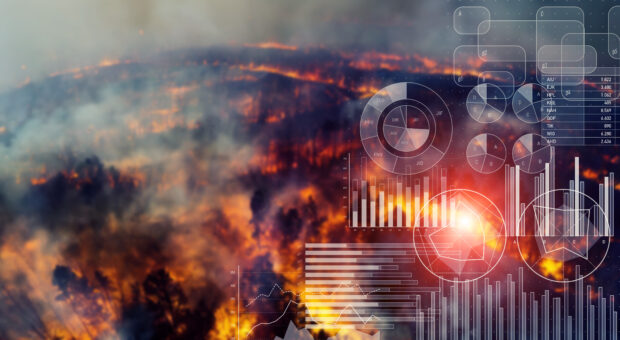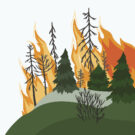There is general consensus among insurance and reinsurance underwriters about the safest property risks to accept in the California market, according to the co-founder of a company that uses technology to better understand catastrophic risks.
Executive Summary
With experiences in clean technology and data delivery for crisis response leading him forward, Nathaniel Manning took his desire to help stop the progression of climate change in a new direction after he became enthralled with the mission of insurance and reinsurance industries. Here, Manning, COO of Kettle, shares the backstory of the company, which uses technology to better understand catastrophic risks—and to sell insurance and reinsurance. He describes the machine learning models and the contributions they can make to solving growing availability and affordability in the California wildfire market.Nathaniel Manning, chief operating officer of Kettle, which uses its AI models of cat risks—and wildfire risk, in particular—to sell insurance and reinsurance as an MGA, shared his assessment during a recent interview with Carrier Management as he described the dynamics of a growing availability and affordability crisis in the state.
Offering rough numbers, Manning said that when he compares a ranking from lowest-to-highest risks from Kettle’s wildfire models to similar outputs from older property-catastrophe models, they agree on the bottom 50 percent. “This is what’s in the admitted market. It’s the downtown areas, low probability of burn.”
But historical models and probabilistic property-catastrophe models don’t provide clarity to the market on the upper 50 percent. As a result, many insureds are getting nonrenewed, priced dramatically higher or thrown into the E&S market or the FAIR Plan, Manning told Carrier Management. “You see people getting dropped across the state. We’ve talked to folks who’ve had their premiums increased by 11X in a single year,” Manning said, referring to the magnitude of rate hikes for HOA insurance.






































